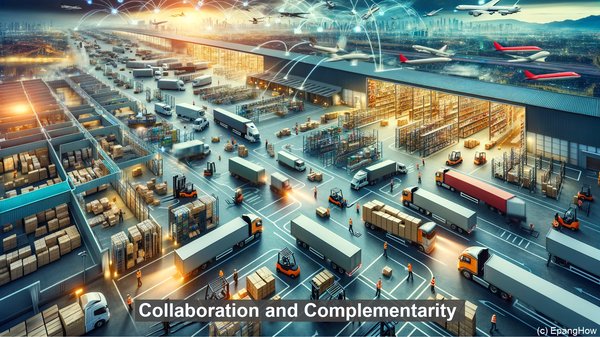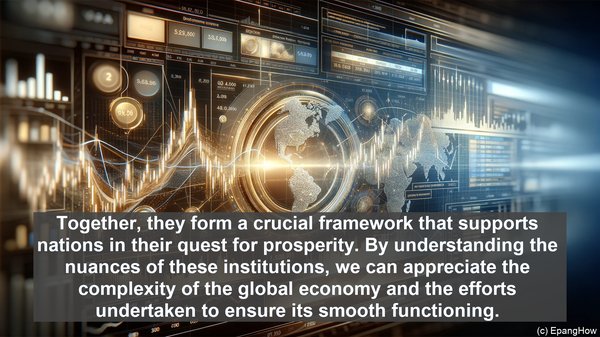Introduction: The World Bank and the International Monetary Fund
Hello everyone, and welcome to today’s article. In the realm of global finance, two prominent institutions play a pivotal role in shaping the economic landscape: the World Bank and the International Monetary Fund. While they may seem similar at first glance, they have distinct functions and objectives. In this article, we will explore the differences between these two organizations, shedding light on their individual contributions to the world economy.
The World Bank: Fostering Development and Eradicating Poverty
The World Bank, established in 1944, primarily focuses on promoting economic development and reducing poverty. It achieves this through various means, including providing loans and grants to member countries. These financial resources are often directed towards infrastructure projects, such as building roads, bridges, and schools. Additionally, the World Bank offers policy advice to nations, leveraging its expertise to guide them towards sustainable growth. By addressing the root causes of poverty and investing in long-term development, the World Bank aims to create a more equitable and prosperous world.

The International Monetary Fund: Safeguarding Economic Stability
In contrast, the International Monetary Fund, or IMF, has a distinct mandate. Established in 1945, it primarily focuses on maintaining global economic stability. One of the IMF’s key functions is to provide financial assistance to member countries facing balance of payments difficulties. This assistance often comes in the form of loans, which help nations address short-term economic challenges. Furthermore, the IMF plays a crucial role in monitoring exchange rates and offering policy recommendations to member countries, ensuring that their economic policies align with global best practices.
Collaboration and Complementarity
While the World Bank and the IMF have different objectives, they often work in tandem. For instance, in a scenario where a country is facing economic turmoil, the IMF may step in to provide immediate financial assistance, stabilizing the situation. Subsequently, the World Bank can engage in long-term development projects, ensuring that the nation’s economy is on a sustainable trajectory. This collaboration between the two institutions underscores the importance of a comprehensive approach to global economic challenges.

